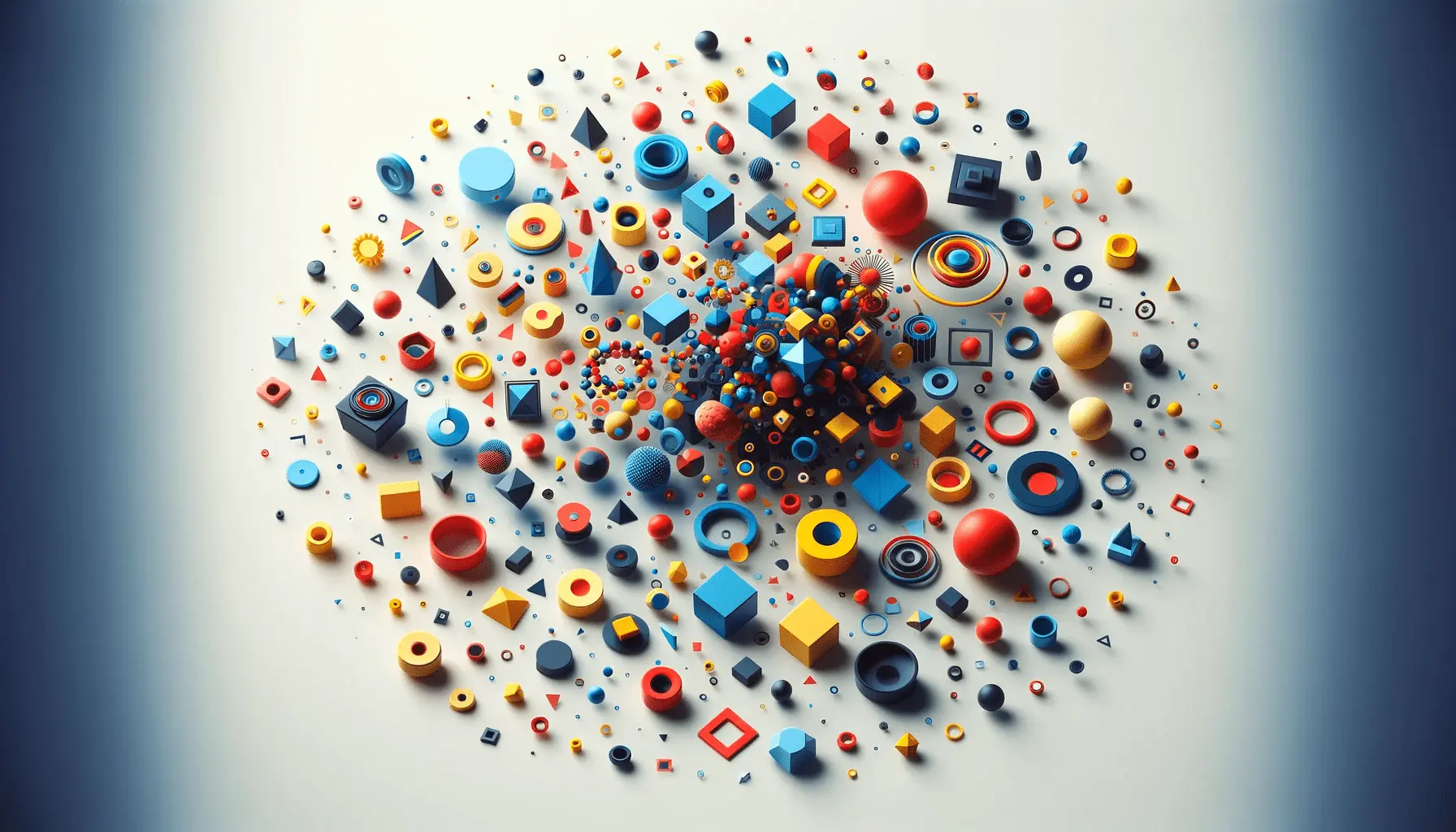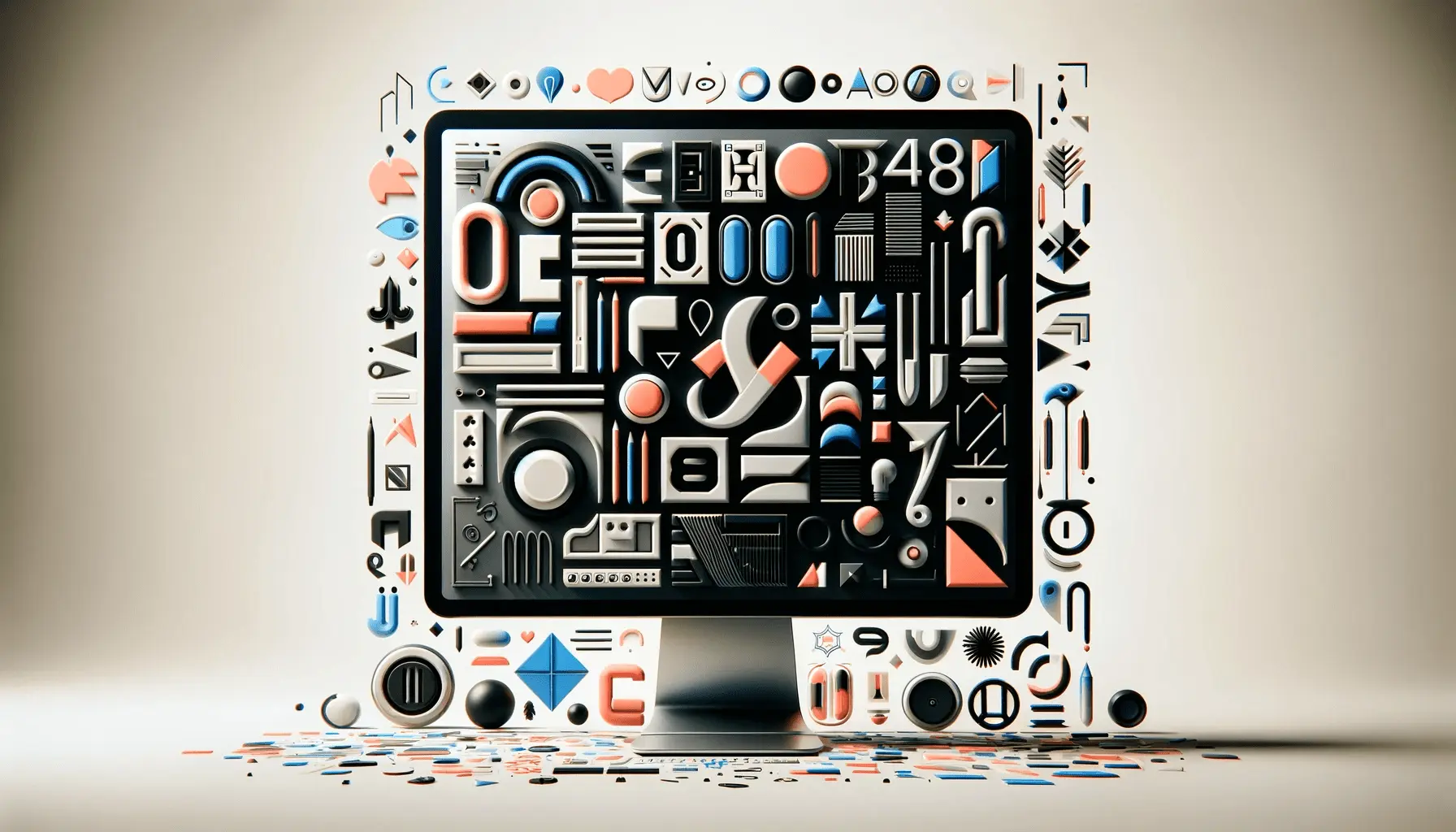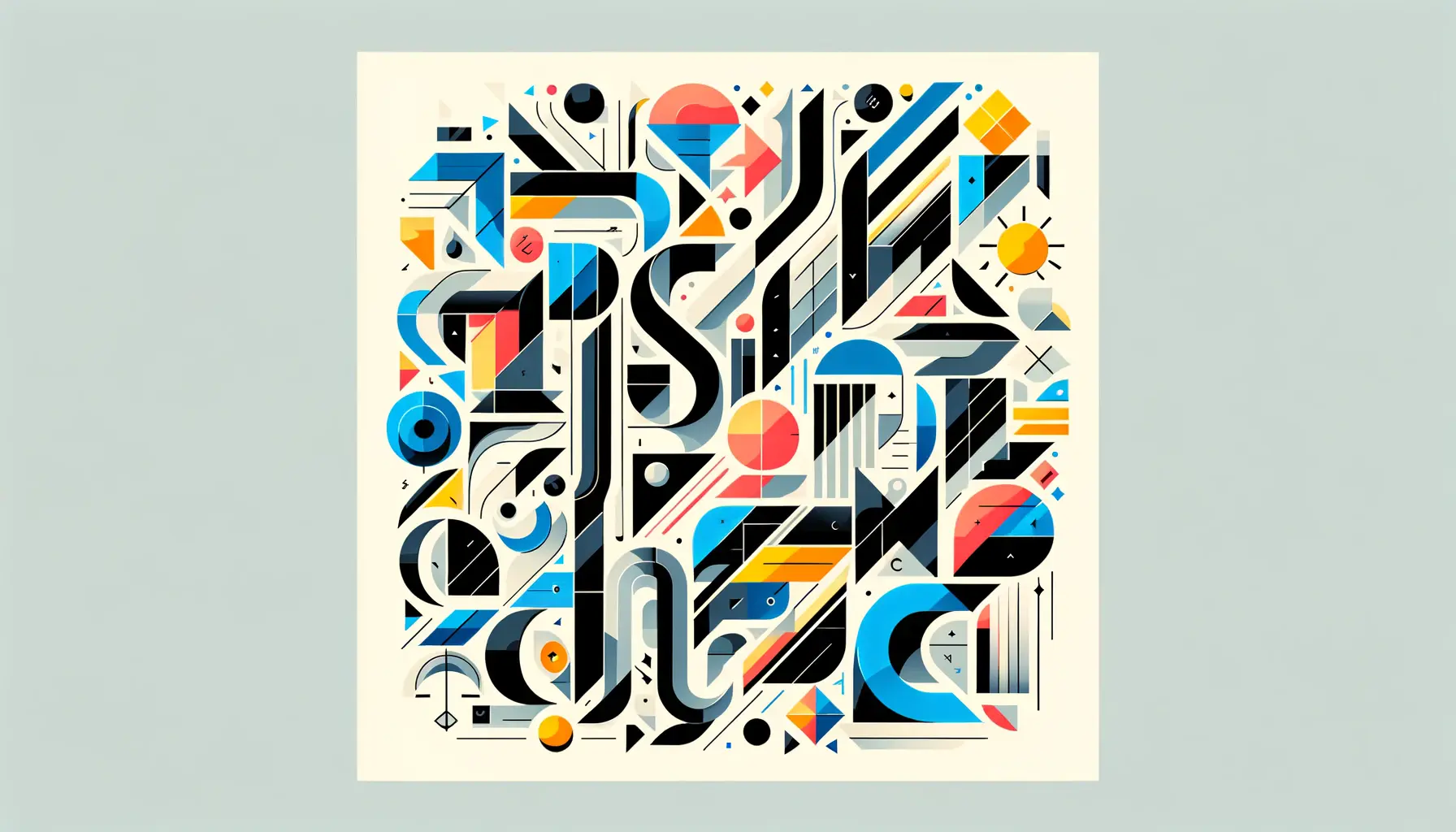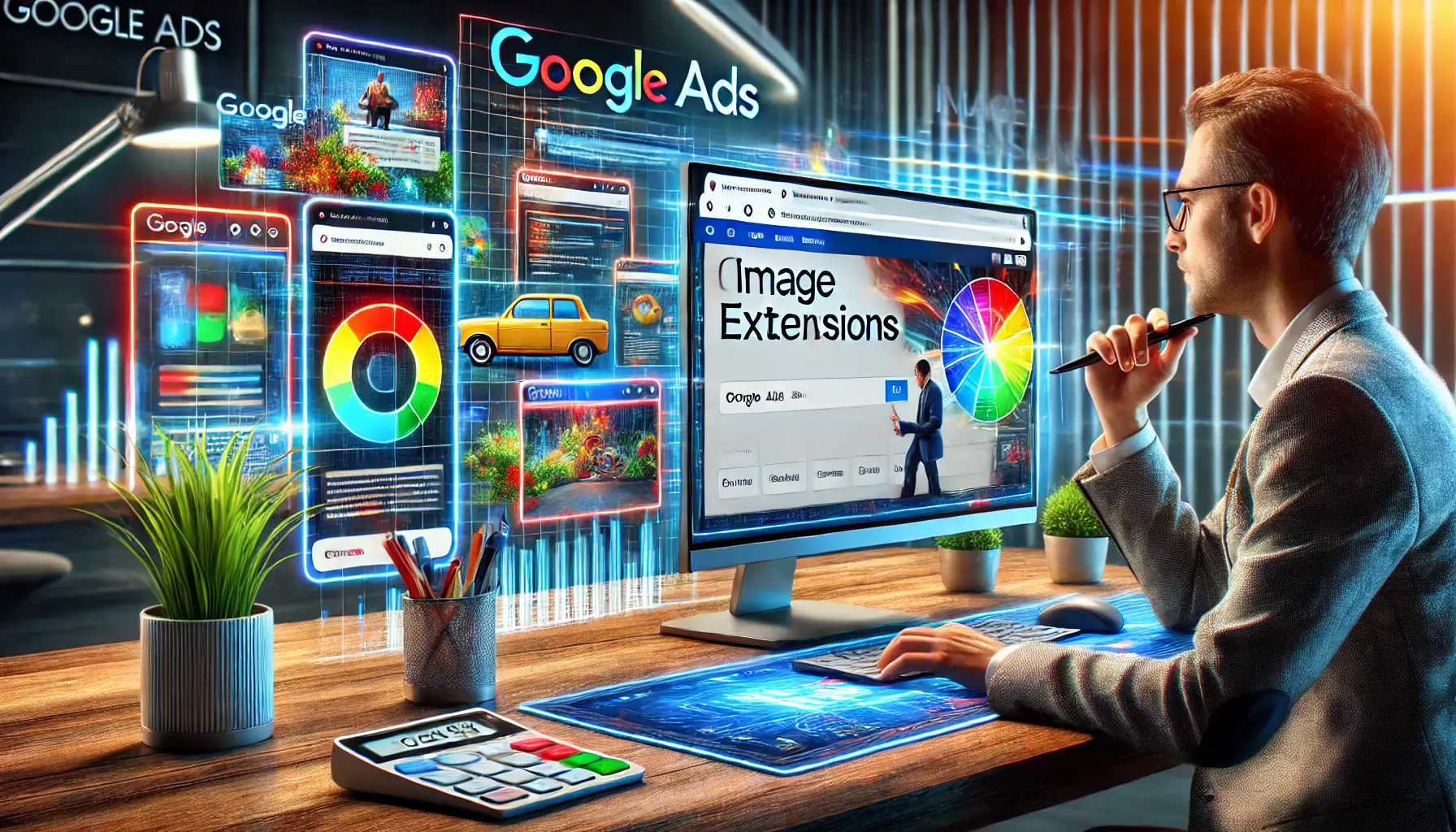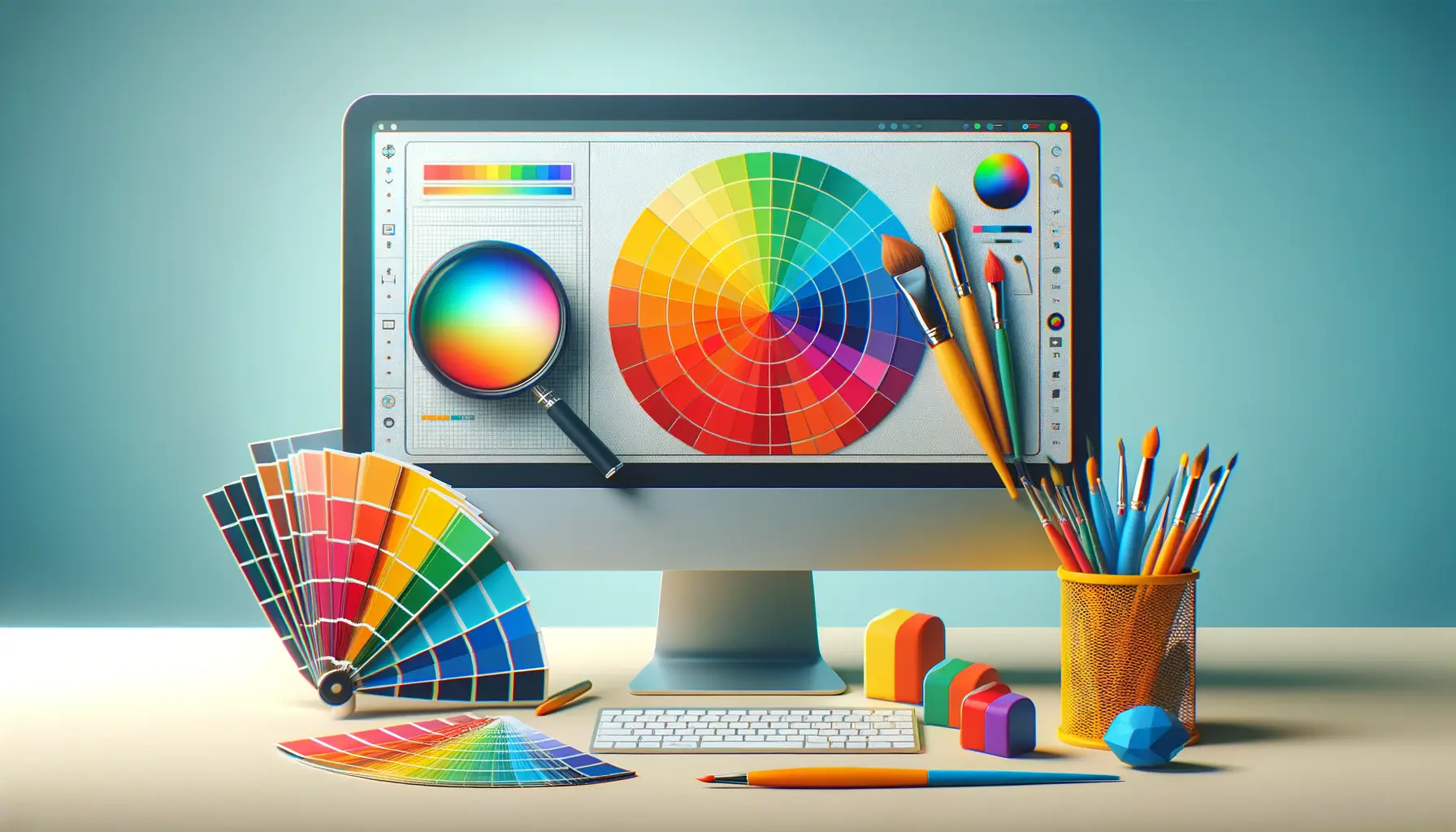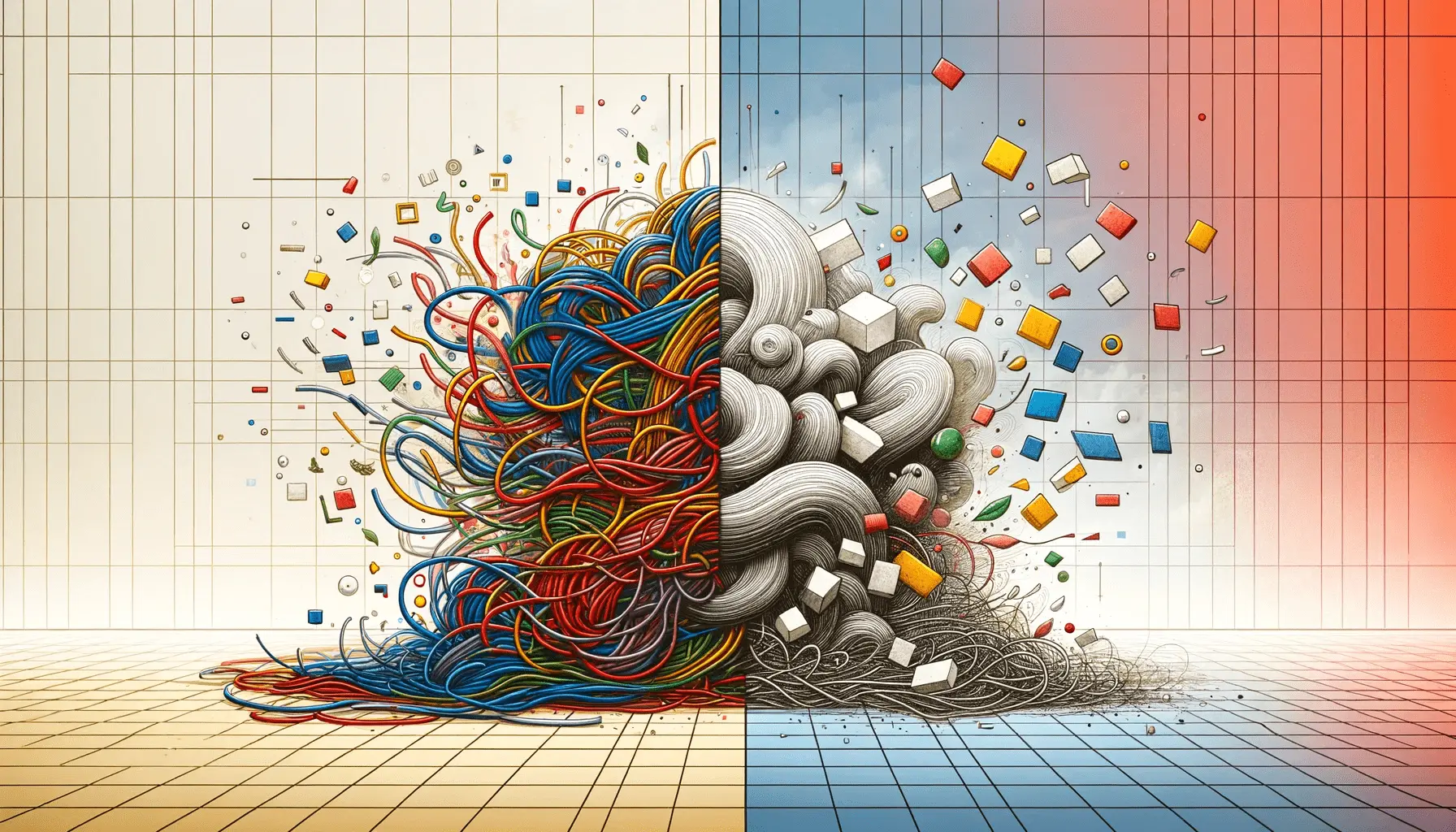In today’s fast-paced digital era, web design is not just clean lines and symmetrical layouts anymore.
It’s about being seen, communicating through visuals, and having each scroll matter.
One of the design trends that is being noticed by designers and users alike is that of Scattered Small Images.
These small but strategically placed images are bringing the experience of interacting with websites to a new level.
Instead of one big banner or a uniform gridA CSS layout system that allows web content to be arranged in rows and columns., you’re greeted with multiple scattered elements that bring energy, surprise, and personality to a webpage.
This trend is more than just a stylistic choice—it’s a powerful tool to boost engagement and visual appeal.
Whether you’re a web designer, online marketer, or just someone curious about what makes a website visually appealing, learning about the world of Scattered Small Images can unleash a whole new world of creativity and user interaction.
- What Are Scattered Small Images in Web Design?
- Principles of Scattered Small Image Design
- Benefits of Using Scattered Small Images
- Best Practices for Implementing This Trend
- Examples and Case Studies of Scattered Images in Action
- Bridging It All Together with Scattered Small Images
- Frequently Asked Questions About Scattered Small Images
What Are Scattered Small Images in Web Design?
You might be wondering—what are Scattered Small Images, and why do they seem to be appearing everywhere on the web lately?
Let’s break it down together.
Scattered Small Images is the orderly placement of multiple small images or icons on a web page in an unstructured, often whimsical manner.
These images are not confined to a strict grid or box-based format.
Instead of being spaced out evenly, they’re actually spread out in irregular intervals, creating a dynamic, layered look that keeps the viewer’s eye engaged and active.
Definition and basic visual concept
Basically, the concept of Scattered Small Images is really all about storytelling and visual rhythmA sense of organized movement created through repeated visual elements in design..
They could be icons, graphics, illustrations, or tiny photographs.
They’re scattered in and around a layout to provide depth, highlight key messages, or simply add personality.
Unlike typical use of images, these visuals aren’t restricted to strict patterns—they appear random and natural.
- They break the monotony of the regular layouts.
- They can be used to guide users through the content in a creative way.
- They help attract attention towards particular things like buttons, headings, or quotes.
- They make the page more alive and give it a welcoming appearance.
Historical background and change
The idea of using randomly scattered images isn’t something new.
Early web designers toyed with layering and asymmetryA design principle where elements are intentionally unbalanced to create visual interest. to stand out in an ocean of boxy sites.
But today’s advanced CSS and design tools have refined the execution immensely.
What was once messy now looks deliberate and polished.
Think of outdated scrapbook aesthetics or quirky magazine layouts.
Scattered Small Images draw their inspiration from those layouts and blend them with modern-day digital usability.
The ways scattered images differ from the usual layout
Classic web layouts rely on structure—rows, columns, grids.
Each item has its place, which is fine for comprehension but too formulaic at times.
Scattered Small Images, on the other hand, introduce deliberate randomness.
This contrast gives the added boost of energy and interest, asking users to explore further.
- Traditional layout: ordered, homogenous, secure.
- Scattered layout: spontaneous, fluid, conversational.
Instead of placing everything in rigid blocks, now small visuals get floated near strategic pieces of content—around headlines, alongside paragraphs, even off into the corners—without encumbrances spoiling the show.
Why the trend is going mainstream
We live in an age of bite-size content and skim-and-ship browsing.
People don’t always read from top to bottom—their eyes scan.
Scattered Small Images grab attention, break up text, and provide enjoyable scrolling.
They add personality to a brand and tell visual stories without words.
- It adds user engagement with visual cues.
- It makes websites look modern and up-to-date.
- It maximizes storytelling with visual support.
- It increases time on a page.
As attention spans shrink and eyeball competition grows, the smart application of Scattered Small Images offers a new and effective answer.
It’s not about dressing up a space anymore—it’s about designing an experience.
Scattered Small Images disrupt traditional symmetry to create visual rhythm and storytelling within layouts, offering a sense of spontaneity and engagement.
Principles of Scattered Small Image Design
Scattered Small Images design can feel relaxed or, worse, indiscriminate, but it’s always with purpose.
Behind each minor visual element lurks a motive—to attract, to guide, and to make your design human-like.
Dispersion of proper images can achieve visual coherence, tell a complete story, and turn a fixed composition into one that transports.
But how do designers make something look so unstructured but feel so cohesive?
It actually boils down to knowing a few basic principles of design and balancing freedom with function.
Balance and asymmetry in composition
Balance is not always symmetry.
Scattered Small Images are one of the strongest tools available because they can create visual balance using asymmetry.
By distributing small images in an uneven arrangement on a layout, you get a feeling of movement and spontaneity—something that is dynamic and engaging.
To create balance without compromising on asymmetry, use:
- Spreading visual weight by changing image size and location.
- Providing enough white space to prevent visual clutter.
- Clustering separated items with strong content for better flow.
Micro imagery creation for visual interest
Micro imagery is those small images or icons that are breadcrumbs for your user’s eyes.
These are a building block of the Scattered Small Images technique.
They generate interest, make your pages more interactive, and inject emotion or tone without slowing the user down.
Some examples of micro imagery are:
- Small stars, arrows, or scribbles under a heading.
- Small photos scattered throughout a portfolio page.
- Subtle animated icons drawing attention to key CTAs.
Spacing, alignment, and grid disruption
Traditional grid systems are perfect for order and harmony.
But Scattered Small Images thrive when those rules are subverted—just slightly.
Grid disruption does not mean abandoning structure altogether.
It means working around it in a clever way in order to add personality and surprise to your layout.
Key effective disruption techniques:
- Use invisible grids to roughly align images.
- Break rhythm with offset images that refuse to follow a rigid column.
- Use varying margins and padding to allow for natural breathing space.
Color and contrast considerations
Color plays a large part in Scattered Small Images’ popularity.
Since these images are so small, bold color choice is their impact.
High-contrast colors make the tiny images jump out, whereas comparable tones blend them into the overall appearance.
Remember:
- Use accent colors on scattered images to draw attention without revealing it.
- Ensure brand unity through image color consistent with your color scheme.
- Don’t overdo it—too much contrast becomes a disaster.
Finally, designing with Scattered Small Images is all about balance between freedom of creativity and clarity.
You need your images to look spontaneous yet remain understandable to the viewer.
By learning these guidelines, you’ll be creating layouts that are not only beautiful—they’re also warm.
Thoughtful imbalance is key—using asymmetry, white space, and color contrast turns scattered visuals into purposeful design tools rather than decorative chaos.
Benefits of Using Scattered Small Images
So why are Scattered Small Images such a darling of web design today?
Not just because they’re good to look at, of course.
These plain-jane-looking photos contain much power in elevating the user experience of a website.
From brand-building to narratives, and even search engine optimization indirectly, their benefits are practical and visual too.
Let’s explore how including Scattered Small Images will add value to your website and digital marketing campaigns.
Providing value to storytelling through visual cues
We are visual creatures.
We understand images faster than text, and scattered visuals can guide people around your website like visual breadcrumbs.
These small, crafted visuals support your messaging and aid content retention.
- They communicate context without words.
- They support brand voice and tone in a visual manner.
- They help users link emotions to specific parts of the content.
Regardless of what you’re showcasing—products, services, or ideas—Scattered Small Images help share your story in a more engaging way.
Boosting user engagement and retention
In today’s competitive digital space, grabbing and keeping attention is everything.
Scattered Small Images break up walls of text, add visual rhythm, and encourage users to keep scrolling.
By creating visual variety, you’re reducing bounce rates and increasing the time users spend on your site.
- They reduce cognitive load by breaking information into digestible pieces.
- They keep users visually entertained while they browse.
- They trigger micro-interactions that boost engagement.
Creating a unique and memorable brand identity
Generic design equals forgettable experiences.
But when you use Scattered Small Images with purpose, you infuse personality into your brand.
These images can express your tone—fun, professional, quirky, elegant—and make your brand stand out in a busy marketplace.
- Custom scattered images suit brand aesthetics.
- They create a recognizable visual style page after page.
- They show attention to detail, building brand credibility.
Boosting scroll interaction and dwell time
Ever find yourself lingering on a page that’s such a blast to discover?
Scattered Small Images are get-you-there images.
They offer surprises to users as they scroll, encouraging interaction and investigation.
- Users scroll more to find out what comes next.
- Partially hidden or concealed images encourage users to investigate more.
- That heightened interaction can have positive impacts on SEO.
Promoting investigation with scattered images
In contrast to static layouts, separate images naturally lead users to look around more.
By placing tiny images near headings, quotes, or product highlights, visitors stand a better chance of interacting with parts of the page that they would otherwise ignore.
- They create curiosity by directing attention in unanticipated ways.
- They add light movement and personality to UX.
- They pair well with animations or scroll-activated effects.
Overall, Scattered Small Images are not simply a matter of design choice—they’re a strategic decision.
When executed correctly, they increase the usability and emotional impact of your site, enabling you to connect with your users on a more personal level.
Scattered visuals don’t just decorate—they enhance user interaction, brand storytelling, and even SEO performance through improved engagement metrics.
Best Practices for Implementing This Trend
Now that you know what Scattered Small Images can do for your design, it’s time to talk about how to properly use them.
While the scattered image technique may seem random, it’s really a look that requires careful planning to avoid chaos.
When done well, it can add polish, personality, and order to a page—without making it seem forced or stiff.
The following are the best practices to remember when using Scattered Small Images in your web design.
When to use scattered small images effectively
Scattered Small Images are most effective when you want to tell a story, evoke emotion, or add movement to a layout without using heavy animations.
Timing and placement, however, are important.
This trend works especially well in:
- Landing pages that need to capture attention immediately.
- Portfolios and case studies where storytelling matters.
- Brand-driven websites where mood and tone are key.
- Creative agency websites that aim to show design flair.
If you’re designing for a minimalist brand or a strictly functional website, subtlety is key—use the technique sparingly to avoid visual clutter.
Choosing the right type of images and icons
Not all images are created equal.
Images you scatter around your design must support your brand and contribute to the user experience.
Use small, high-quality images or SVGScalable Vector Graphics, an XML-based image format for two-dimensional graphics. icons that are low in file size and quick to load.
- Use brand illustrations, icons, or theme-related graphics.
- Use a consistent visual style (e.g., hand-drawn, geometric, colorful).
- Avoid using stock images that look generic or out of place.
Every Scattered Small Image needs a purpose—either to direct the eye, reinforce a message, or simply to add character.
Prevent clutter and cognitive overload
It’s easy to overdo it.
The biggest risk with Scattered Small Images is making your design look cluttered or confusing.
Visual clutter can disorient users and dilute your message.
To prevent this, follow these guidelines:
- Use whitespace strategically to separate visual elements.
- Limit the number of scattered visuals per screen.
- Make sure images don’t fight with critical content.
Less is more—use images to enhance, not distract.
Responsive design and mobile considerations
Scattered visuals that look wonderful on desktop can quickly become a nightmare on mobile.
Always think about how Scattered Small Images translate across screen sizes.
If they get in the way of text or controls, they’ll hinder usability.
- Use media queries to adjust or hide scattered visuals on small screens.
- Optimize for performance—compress all images for speed.
- Test on devices to make sure your layout flows naturally.
Responsiveness ensures the scattered layout is delightful, not distracting, no matter the device.
Tools and frameworks to achieve the effect
Designing with Scattered Small Images doesn’t mean you have to reinvent the wheel.
Several tools and frameworks can help you position visuals accurately and creatively.
- Use CSS Grid or Flexbox for layout, then opt out using absolute positioning.
- Play around with tools like Figma or Adobe XD to prototype image positioning.
- Use animation libraries (like GSAP or Lottie) for extra motion effects.
With the right tools, you can have your fragmented layout still feel modern, fluid, and incredibly purposeful.
By following these best practices, you’ll be able to make sure your use of Scattered Small Images is refined, deliberate, and impactful—whether you’re working to tell a story, represent your brand, or simply make your pages more interesting to explore.
Scattered layouts require discipline—avoid overloading pages with visuals, and ensure mobile responsiveness to maintain clarity across devices.
Examples and Case Studies of Scattered Images in Action
Seeing Scattered Small Images in action is the best way to understand their real effect when utilized.
From fashion design to technology to creative agencies, designers in different fields have caught on to this trend to personalize and make their websites interactive.
The following examples and case studies indicate how Scattered Small Images can be utilized not just for display, but for real functional storytelling and user interaction.
Let’s dive into how this trend is implemented in real life.
Successful websites implementing this trend
Some websites have mastered the art of Scattered Small Images by combining them with their brand voice and layout intention.
Whether a subtle lift or an entire design strategy, the impact is powerful and memorable.
- Spotify Design: Their landing pages feature scattered icons and illustrations to give a creative, modern feel while keeping navigation smooth.
- Awwwards-Winning Portfolios: Scattered images are employed by many designers featured on Awwwards.com to add personal touches, texture, and surprises of delight.
- Airbnb Design: Some landing experiences subtly set icons and illustrations in place to guide users along without overwhelming them.
Before-and-after layout comparisons
Scattered Small Images can have a dramatic effect on the appearance and functionality of a website when used effectively.
In layout experiments and redesigns, scattered imagery has shown clear advantages over rigid structures.
- Before: Plain, text-heavy page with few visual pauses.
- After: Same content enhanced by small pictures and icons guiding the eyes, reducing bounce rate, and increasing scroll depth.
- Outcome: Increased dwell time and user satisfaction.
Industry-specific applications
Different industries are implementing Scattered Small Images in their own unique manner.
Here’s how the trend is being used across specific niches:
- Fashion & Beauty: Small product pics, badges, and backstage icons sprinkled across product pages.
- Tech Startups: Sporadic micro-illustrations of features or benefits scattered across landing pages.
- Education: Soft, uplifting icons alongside lessons or quotes to trigger interest and attention.
A/B test results and user feedback
Real-world testing evidence shows that Scattered Small Images can quantifiably improve user experience:
- Pages that added scattered images judiciously had a 20–30% increase in user activity.
- A/B tests showed that users preferred layouts with dispersed images over classic blocks—calling them more “fun” and “easier to navigate.”
- Scroll tracking tools showed users spent longer on sections of content that were enhanced with subtle visual elements.
Lessons learned from success stories
While browsing successful use cases of Scattered Small Images, the following are the key lessons learned:
- Alignment with brand tone is key—scattered does not mean chaotic.
- Small touches drive big engagement gains.
- Experimenting and refining your image placement produces stronger long-term outcomes.
These examples illustrate that Scattered Small Images aren’t merely hip—they work when done thoughtfully.
Whether building a personal site or a corporate website, incorporating this visual strategy can add life to your design and provide users with a more memorable experience.
Real-world success stories show that scattered images elevate both aesthetic appeal and user engagement when aligned with brand intent.
Bridging It All Together with Scattered Small Images
Why This Visual Trend Is Important in Contemporary Web Design
Scattered Small Images are more than a momentary design trend—they’re an amazingly potent storytelling tool in modern web design.
By introducing playful, deliberate imagery throughout a layout, designers can break up the stuffiness of rigid frameworks and engage users on a more personal level.
The real strength of this trend is its ability to humanize online experiences, making sites feel more vibrant, intimate, and alive.
Whether you’re aiming to express brand personality, highlight specific content, or simply make your design more interactive, Scattered Small Images provide flexibility without sacrificing structure.
They allow your creativity to shine while still supporting usability and performance.
What We’ve Learned About Scattered Small Images
Throughout this article, we’ve explored every layer of the scattered image approach—from concept to execution.
Here’s a quick recap of key insights:
- Definition & Purpose: Scattered Small Images are small, judiciously placed visuals used to support storytelling, help with navigation, and provide an attractive layout.
- Design Principles: Balance, asymmetry, micro-imagery, and space are essential in keeping these images effective and not overwhelming.
- User Benefits: Improved engagement, greater time on site, better brand recall, and a better browsing experience.
- Implementation Tips: Use high-quality, brand-specific images, keep layouts responsive, and apply this trend deliberately—not overused.
- Real-World Examples: Companies across industries are already using scattered visuals to create visually rich and emotionally resonant websites.
How to Start Using Scattered Small Images Today
If you’re inspired to integrate Scattered Small Images into your next project, consider these first steps:
- Audit your existing layout and identify areas where visuals could enhance understanding or interaction.
- Define your brand’s tone and choose image styles that reflect it—whether hand-drawn, minimal, or abstract.
- Start small. Introduce a few stand-alone visuals to test user reaction, and expand from there depending on feedback and performance indicators.
- Design layouts in advance with design tools like Figma or Adobe XD.
- Test for device responsiveness to provide a seamless experience on any screen size.
Final Thought
Design trends come and go, but those that actually enhance the user experience are here to stay.
Scattered Small Images are here to stay because they do more than decorate—they inform, direct, and engage.
As users seek richer and more targeted online experiences, this tactic offers a method of differentiation that is both accessible and visually striking.
So, if you’re ready to add life to your site and provide visitors with something new and memorable, think about using the power and beauty of Scattered Small Images.
Used judiciously, they can make your online presence more human, artistic, and effective.
By blending creativity with usability, Scattered Small Images offer a flexible design solution that can adapt to various industries and user goals.
Quality web design is key for a great website! Check out our service page to partner with an expert web design agency.
Frequently Asked Questions About Scattered Small Images
Below are some of the most common frequently asked questions about the application of Scattered Small Images in web designing.
The following tips and tricks can help you apply the trend better and more creatively to your work.
Scattered Small Images are small, consciously placed images positioned across a webpage to add personality, support content, and engage user attention without being tied to a strict grid or linear path.
Though they can be applied to beautify most sites, they work best with creative, brand-based, or storytelling websites.
Data-driven or minimalist sites may benefit from using this trend more sparingly.
Yes, if not optimized.
Use lightweight formats such as SVG or compressed images to ensure fast load times and maintain performance while effectively applying this trend.
They grab attention, break up text-heavy sections, and generate curiosity.
This visual variety invites users to explore more content and increases time spent on your site.
Yes, but animations should be subtle and purposeful.
Hover effects or scroll-triggered reveals work best without overwhelming the user experience or creating distractions.
Designers use Figma, Adobe XD, and CSS methods like FlexboxA CSS layout module that helps arrange elements in a flexible and efficient way., Grid, or absolute positioning to prototype and implement Scattered Small Images with precision and flexibility.
They are mobile-friendly when paired with responsive design.
Media queries help reposition, resize, or hide images to maintain usability on smaller screen sizes.
Maintain balance through spacing, consistent styling, and content alignment.
Every Scattered Small Image should serve a purpose—avoid random placement without design intent.
Indirectly, yes.
They improve engagement and dwell time, which are behavior signals search engines value.
Always include alt text and compress images for SEO optimization.
